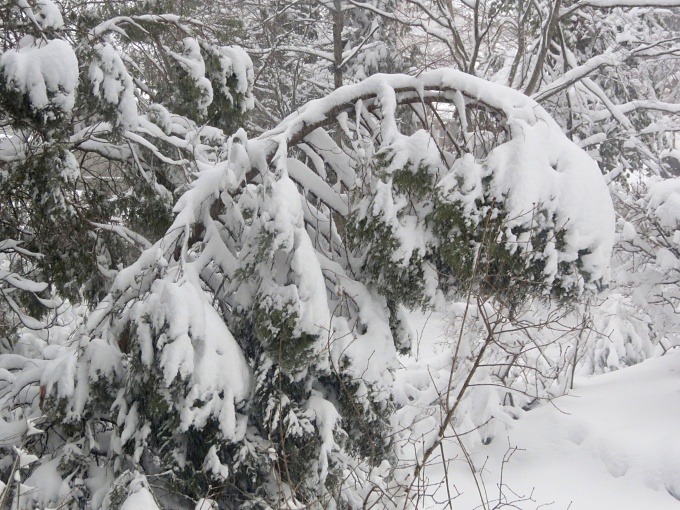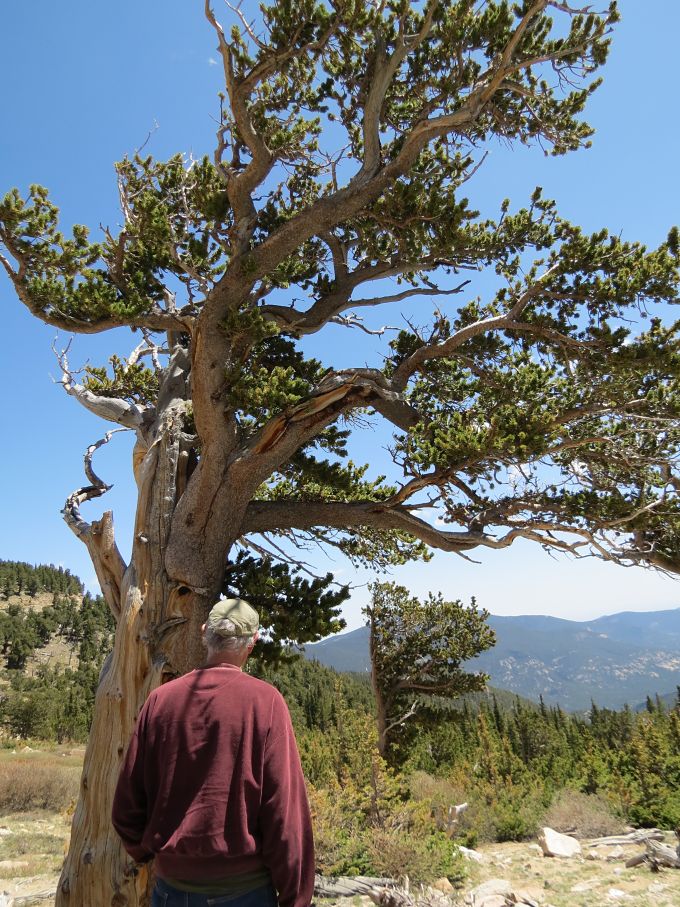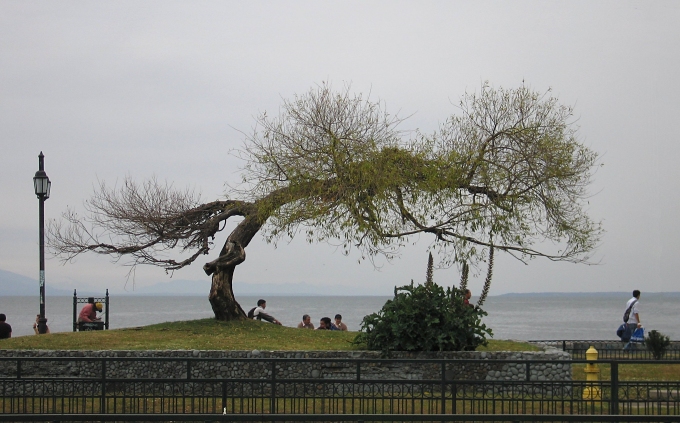The Majesty of Trees
/I think that I shall never see, a poem as lovely as a tree. - Joyce Kilmer
It's the season of the year to marvel at trees blossoming, blooming and bursting into life. What a respite after a New England winter that wouldn't seem to quit. I arrived in February when the trees were bent over, heavy with snow and ice. It felt as if I'd spent two winters here instead of just the latter part of one. Lots of cold, snow, ice and gray, gloomy skies. Days when I was cold inside and out and couldn't seem to warm up. But now, at last, it's a whole different world. The trees are once again lush and green.
Here's some interesting tree trivia ... trees have been in existence on Earth for 370 million years ... give or take a millennium.
Some are so distinctive they have names like General Sherman and General Grant. Certainly the Giant Redwoods and Sequoias of California and the Pacific Northwest are a marvel to see. They're the tallest tree species in the world and they're absolutely majestic.
Girth-wise, the mighty kaori trees of New Zealand are on the superlatives list. We visited Te Matua Ngahere in the Waipoua Forest. Another named tree, this Father of the Forest according to the Maori translation is indeed, a very stout fellow.
New Zealand was also our first introduction to tree ferns that thrive so well there.
The oldest trees, the bristlecone pines, are located in North America and, to put their old age into perspective, some of the trees we saw were alive when the Egyptians were building the pyramids. That's pretty darned old.
On Easter Island, there are no native trees to speak of. Most were cut down during the time of the moai building and recent plantings have not replaced the original growth. Most other South Pacific islands we've visited have some of the same issues. Pitcairn's rosewood trees, for instance, are nearly gone, having been used for timber and never replenished. This is probably a small scale preview of what we can expect as a consequencesof the world's disappearing timberlands and rainforests.
According to Wikipedia, “trees have been venerated since time immemorial. To the ancient Celts, certain trees held special significance as providing fuel, building materials, ornamental objects and weaponry. Other cultures have similarly revered trees, often linking the lives and fortunes of individuals to them or using them as oracles.” There's the Tree of Knowledge and the Tree of Life and all sorts of mythological little wood nymphs and deities that inhabit trees.
We especially liked the arboles banderas in Chile. Translated literally as “flag trees”, they leave no doubt as to which way the prevailing winds blow.
My sister's backyard is thick with conifers and she calls it Camp Woodland. She's 20 minutes from Boston, but lives in what seems like the midst of a virtual forest. Her trees do not have names, but they certainly do have personality.





















